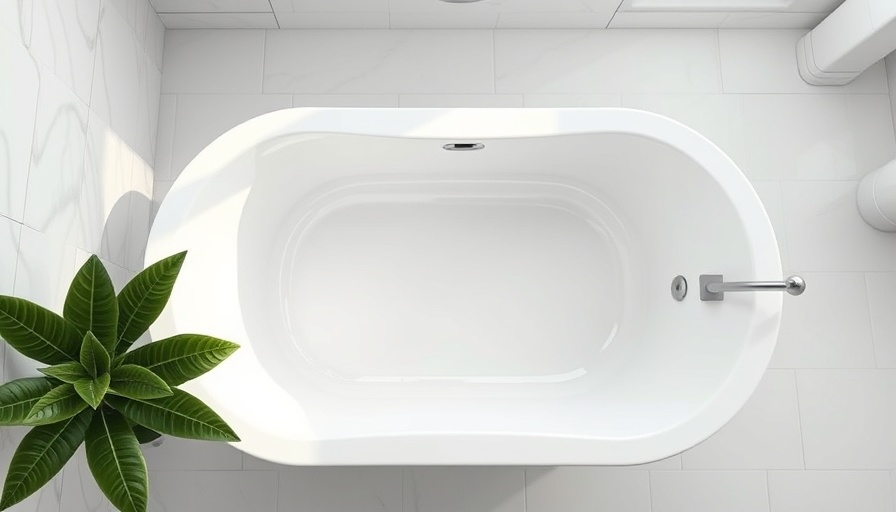
Unclogging Your Bathtub: The Simplest DIY Solutions
Dealing with a clogged bathtub drain can feel like an everyday hassle, especially when you're left with a pool of water that's not draining away. Thankfully, there are several effective ways to unclog a bathtub drain without resorting to harsh chemicals.
Why Natural Solutions Work
Before diving into the various methods, it’s essential to understand why natural solutions can be effective. Many bathtub clogs result from hair, soap scum, and other organic materials that can be broken down with common household items like boiling water, vinegar, and baking soda. These natural alternatives not only clean clogs but are also eco-friendly.
Step 1: Remove the Stopper
A crucial first step in any unclogging effort is to remove the drain stopper. Depending on your bathtub's design, you may need to unscrew it or simply lift it out. Once removed, clean any visible blockages—this could be hair or debris tangled around the stopper.
Step 2: Utilize Boiling Water for a Quick Fix
One of the simplest methods for combating a clog is to pour boiling water down the drain. This helps dissolve soap scum and grease that may be contributing to the blockage. Just be cautious if your pipes are PVC, as extreme temperature changes might damage them.
Step 3: Get Creative with Baking Soda and Vinegar
The combination of baking soda and vinegar creates a natural reaction that can help break down more stubborn clogs. Start with pouring about half a cup of baking soda followed by a cup of vinegar down the drain. Allow it to fizz for a few minutes, then follow up with another round of boiling water to flush it out. This method not only fights clogs but also deodorizes your drain!
Step 4: Manual Tools Can Help
If these natural methods don’t resolve the issue, consider using tools to remove debris. A drain snake, often available at hardware stores, can reach deep into the drain and pull out accumulated gunk. Alternatively, a simple wire hanger can be bent into a hook, allowing you to fish out hair and other obstructions.
So, What’s Next?
If these DIY methods don't work, don't hesitate to call a plumber. Sometimes, a more severe blockage or plumbing issue might require professional assistance. For regular maintenance, consider using a drain trap to prevent hair from accumulating in the first place.
Learning how to tackle a clogged bathtub drain can save you time and money, offering you the freedom to take on plumbing issues confidently. So roll up your sleeves and try out these effective, natural techniques to keep your bathtub flowing smoothly!
 Add Row
Add Row  Add
Add 




Write A Comment